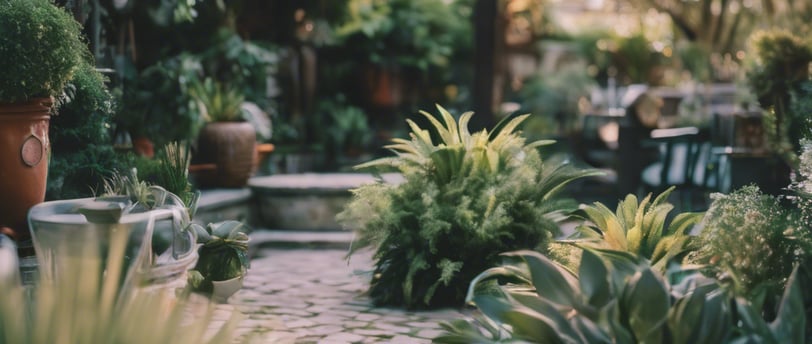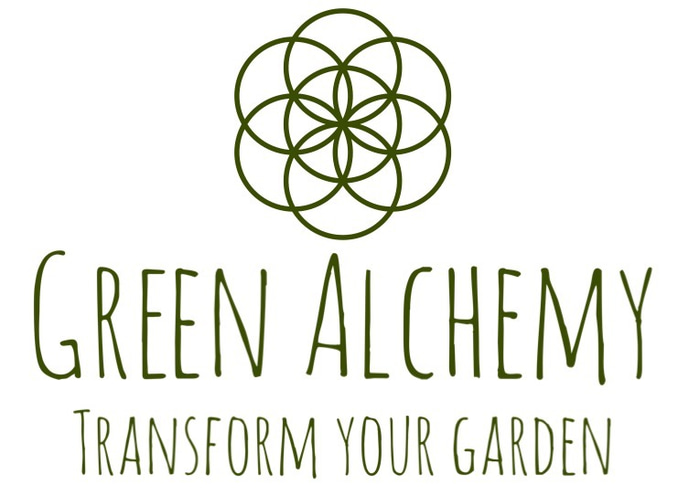Designing with Purpose: Creating Functional and Beautiful Outdoor Spaces
Designing your garden involves more than aesthetics. Learn the principles of garden design, from layout considerations to incorporating elements that enhance both visual appeal and practical use. Elevate your outdoor space into a harmonious blend of beauty and functionality.


As you stand at the threshold of your garden, armed with the knowledge of soil health and a carefully curated selection of plants, the next step in your gardening odyssey involves the art and science of garden design. This transformative process is about more than aesthetics; it's a deliberate orchestration of elements that harmonize to create a space that not only appeals to the eye but serves a purpose in your life.
Begin your design journey by considering the layout of your garden. Think about how you want to use the space. Do you envision cozy corners for contemplation, open areas for social gatherings, or pathways that guide you through a living tapestry of greenery? The layout sets the stage for the functionality of your outdoor haven.
Balance is key in garden design. Aim for a harmonious arrangement of plants, ensuring a mix of heights, colors, and textures. The goal is to create visual interest while preventing monotony. Experiment with combinations, placing taller plants at the back and shorter ones towards the front to achieve a sense of depth.
Consider the natural flow of movement within your garden. Pathways, whether meandering or direct, should beckon exploration. Think about how you move through the space and where you'd like focal points or pauses—perhaps a strategically placed bench or a captivating sculpture.
Garden design isn't limited to the ground; it extends to vertical spaces as well. Embrace the opportunity to add layers to your garden through trellises, arbors, or hanging planters. Vertical elements not only maximize space but also add a three-dimensional quality to your garden, creating a more immersive experience.
Color plays a pivotal role in evoking emotions and setting the tone of your outdoor space. Consider the mood you want to create. Vibrant and bold colors can infuse energy, while soft pastels create a tranquil atmosphere. Pay attention to the seasonal changes in color, ensuring your garden delights in every season.
As you design, keep sustainability in mind. Choose materials for pathways, edging, and structures that align with your values. Reclaimed materials or those with a low environmental impact contribute to a garden that not only looks good but also reflects conscious choices.
Integrate elements that enhance both the aesthetic and practical aspects of your garden. Install lighting for evenings outdoors, creating an enchanting ambiance. Water features, be they fountains or birdbaths, not only add a sensory dimension but also attract wildlife, contributing to a thriving ecosystem.
Remember, your garden is an ever-evolving canvas. As plants grow and seasons change, so too can your design. Be open to adjustments, allowing your outdoor space to reflect the dynamic nature of life.
In the next segment of our garden guide, we'll explore sustainable gardening practices, delving into ways to nurture your garden while minimizing its environmental impact. Until then, immerse yourself in the creative process of designing a garden that not only captivates the eye but also enriches your daily life with purposeful beauty.
